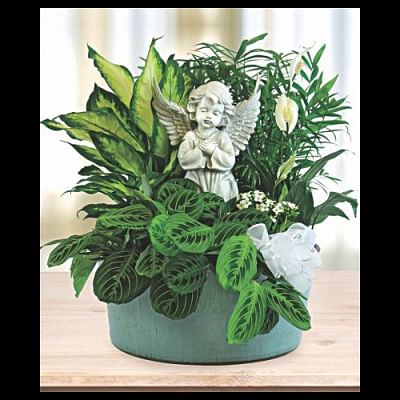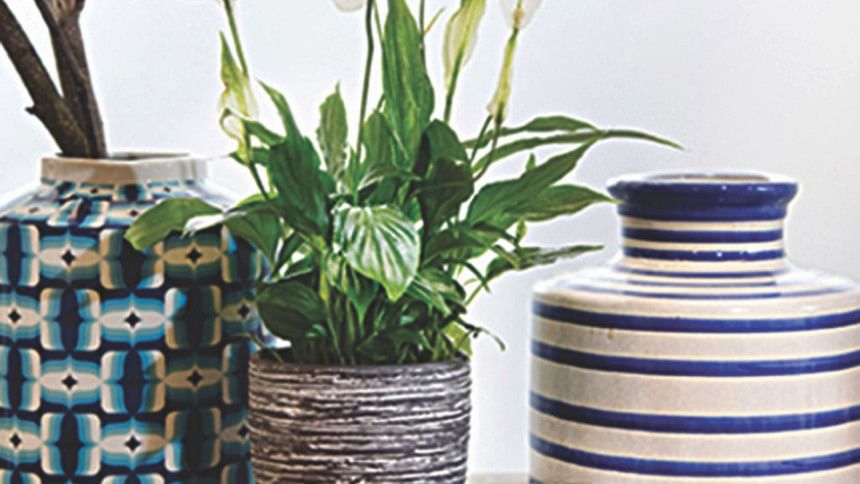Clean Air in the Home

INCREASING VENTILATION
The first step to clean and breathable air in the home starts with some healthy ventilation. While older apartments come with permanent ventilators, newer ones mostly do not. So try to keep your windows open every once in a while to allow the air to circulate. If you live in a busy street, ventilate late at night or early in the morning when the traffic is still light. This lets you avoid the pollution, all the while, getting fresh air inside your home.
INTRODUCING THE RIGHT PLANTS
Plants like the aloe vera, snake plant, rubber plant, ficus plant and such others can help filter your air, and provide more oxygen, so you are always exposed to clean breathable air. Having them inside the home can improve air quality rapidly.
However, some plants can do the exact opposite. Some can be collectors of allergens, while others with moist soil promote mould, so it is important to do your research before finally putting a new pot in.
REDUCE ARTIFICIAL SCENTS
Scented candles and air fresheners, although not always harmful depending on the ingredients, can be bad for your lungs when used exceedingly. Candles release smoke, which can have similar effects to the smoke you turn away from outside, and air fresheners are mostly chemically composed, making them harmful for your breathing tracts. Reducing their use altogether is recommended for healthy air quality at home. If you must have candles, beeswax is a good alternative that does not release smoke, but helps to keep air fresh, and for scents, opt for natural oil diffusers instead of air fresheners.
THE RIGHT CLEANING PRODUCTS
More often than not, we overuse cleaning products to keep our surroundings spotless, but a lot of these products contain VOCs or volatile organic compounds. Products like floor cleaners can often contain these, so look for low VOC or no VOC labels.
Using a broom instead of a mop is another mistake for fine dust. A broom or brush can actually cause the dust to fly away and settle in mid-air, making it easy to inhale the dust. A mop on the other hand, will wipe it away properly without sending it afloat.
PETS AND ALLERGENS
Having furry pets in the house means you will be seeing lots of fur lying and flying around. Try to keep them out of bedrooms, and maximise their bath times to prevent their fur from flying around too much, and to keep the allergens in control.

REDUCE CARPETING
We all love the feeling of a soft carpet under our feet, but wall to wall carpets can do more harm than good. Carpets are like a breeding ground for dirt, dust, dust mites, fungi and animal fur, all being very hard to properly clean. You either have to use a very powerful vacuum cleaner to be able to effectively clean the carpet, otherwise you will be left with dust residue in the air. The easiest solution is to reduce carpeting to the bare necessities, and stick with hard floors that can be mopped easily.
AIR PURIFIERS
Air purifiers differ from air conditioners because they do not cool your air, but only help filter it. They have filters, which clog up with impurities overtime, resulting in polluted air even with an air purifier installed. So make it a habit to clean the filter every now and then. It is also important to not rely on air purifiers completely for your home's atmospheric requirements.
They do have a limit to which they can clean the air. Large particles tend to fall before being purified, and so does humidity. So having one does not entirely ensure you do not have pollen or humid air, and that requires separate attention as well.
INSTALL EXHAUST FANS
The bathroom and kitchen are two places exhaust fans need to be. Bathrooms tend to collect moisture leading to mould and humidity, an exhaust fan can help prevent it. And in the kitchen, a gas stove can be your source of air pollution, and an exhaust fan will help here just as much.
CLEANING THE AIR CONDITIONER
When was the last time you gave your air conditioner's filter a good clean? Overtime, it collects dust, pollen, and bacteria, and its overall efficiency deteriorates. The metal sheets collect a lot of dust, which needs to be removed. A wet cloth does the job nicely without ruining the mesh. If you have a central AC, getting a professional to do it is best to not damage the filter.
DRY CLEANING CHEMICALS
Dry cleaning uses a range of chemicals, also called VOCs, which can be harmful to you in many ways. After you bring your clothes home, the amounts do reduce a bit, but not all. Most simply evaporate and stay in the air at your home, which you end up breathing. An alternate you can use is a laundry service if it is about saving time, or simply resort to cleaning your fabrics at home as much as possible.
Overall, attempting to eliminate every trace of bad air at once can, and will, seem like a challenge. But it is all about the first step, and gradually working your way up one step at a time. And eventually, you will be able to feel the change in air quality in your home for better respiratory health.
Photo: Collected

 For all latest news, follow The Daily Star's Google News channel.
For all latest news, follow The Daily Star's Google News channel. 



Comments